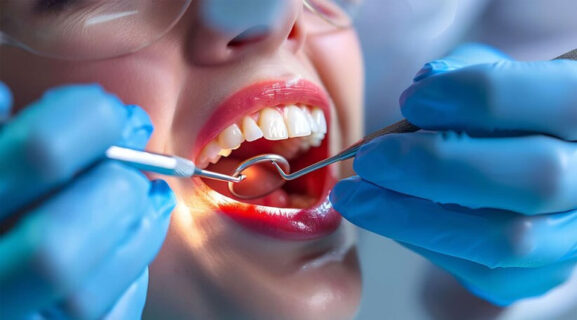Integrating Digital Smile Design into Cosmetic Dentistry
Digital Smile Design (DSD) is transforming cosmetic dentistry by leveraging advanced technology to plan and visualize dental treatments. This innovative approach enhances precision, predictability, and patient satisfaction. In this article, we will explore the benefits and challenges of integrating Digital Smile Design into cosmetic dentistry, highlighting its impact on dental practice and patient outcomes.

What is digital smile design?
Digital Smile Design (DSD) utilizes digital tools to create a comprehensive visual plan for dental treatments. It involves taking digital photographs, videos, and 3D scans of the patient’s teeth and facial structure. These images are used to design a personalized treatment plan that considers aesthetics, functionality, and patient preferences.
Benefits of integrating digital smile design
-
Enhanced visualization
DSD provides a detailed visual representation of the proposed treatment outcome. This allows patients to see a preview of their new smile before any procedure begins, improving their understanding and confidence in the treatment plan.
-
Improved precision
The use of digital technology in DSD ensures high precision in treatment planning and execution. Dentists can make accurate measurements and adjustments, leading to better-fitting restorations and more predictable results.
-
Customized treatment plans
DSD allows for highly personalized treatment plans tailored to each patient’s unique dental and facial features. This customization enhances the overall aesthetic outcome, ensuring that the new smile harmonizes with the patient’s natural appearance.
-
Increased patient involvement
With DSD, patients are more involved in the treatment planning process. They can provide input and make informed decisions about their dental care, leading to higher satisfaction and improved patient-dentist communication.
-
Efficient Workflow
Digital tools streamline the workflow in dental practices. DSD integrates various aspects of treatment planning, from initial consultation to final restoration, making the process more efficient and reducing the time required for procedures.
Challenges of digital smile design
-
Cost of implementation
The initial investment in DSD technology can be significant. Dental practices need to invest in high-quality digital cameras, software, and training for their staff. This cost may be a barrier for some practices, especially smaller ones.
-
Learning curve
Adopting DSD requires dental professionals to learn new skills and become proficient with digital tools. This learning curve can be challenging and time-consuming, particularly for those accustomed to traditional methods.
-
Technological dependence
DSD relies heavily on technology, which can be a disadvantage if there are technical issues or malfunctions. Dental practices need to have reliable technical support and backup systems in place to ensure continuity of care.
-
Patient expectations
While DSD enhances patient involvement, it can also raise their expectations. Managing these expectations is crucial to ensure that the final results align with what was visualized during the planning stage.
-
Data security
The use of digital tools involves handling sensitive patient data. Ensuring the security and privacy of this data is essential to maintaining patient trust and complying with legal regulations.
Conclusion
Integrating Digital Smile Design into cosmetic dentistry offers numerous benefits, including enhanced visualization, improved precision, and increased patient involvement. However, it also presents challenges such as cost, learning curve, and technological dependence. Despite these challenges, the adoption of DSD can significantly enhance the quality of dental care and patient satisfaction. Dental professionals should carefully consider these factors when deciding to implement DSD in their practices, ensuring that they are equipped to leverage this technology effectively.



